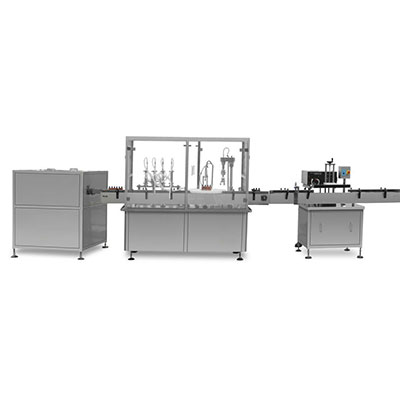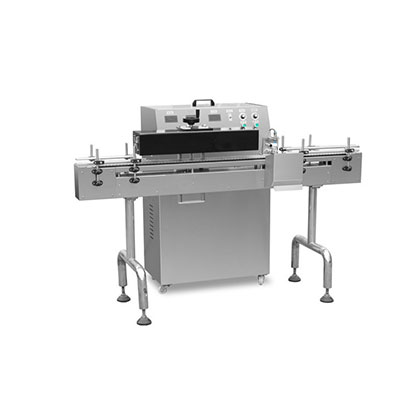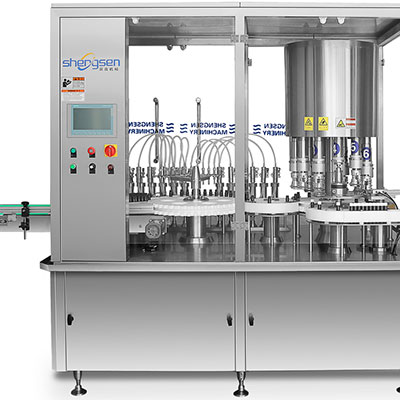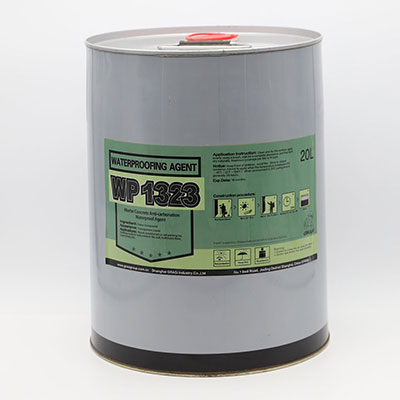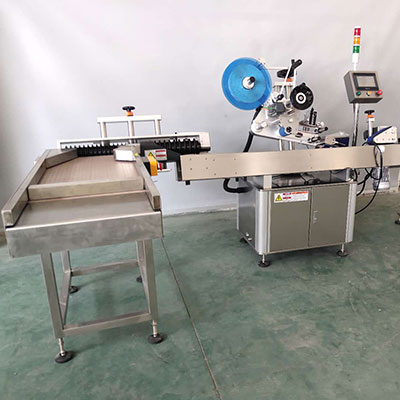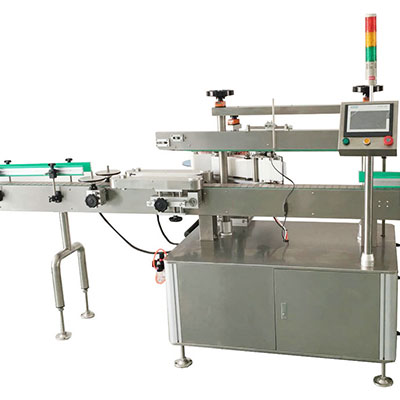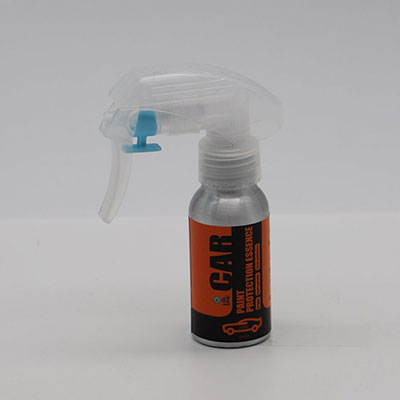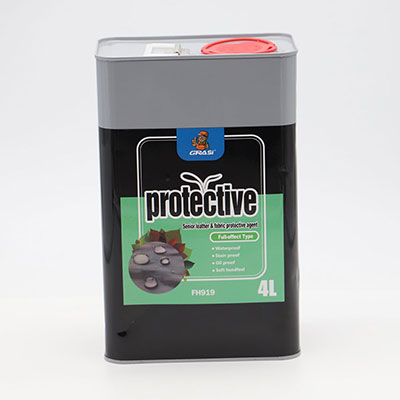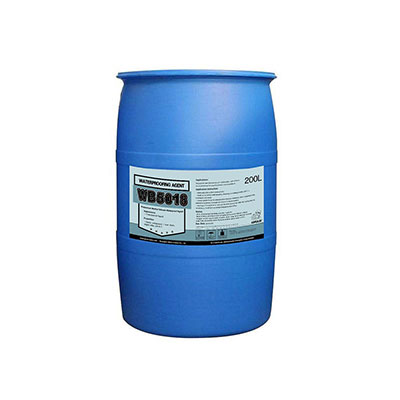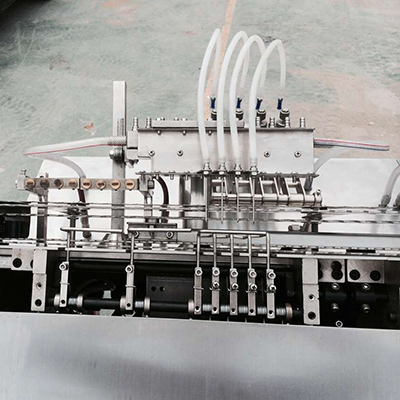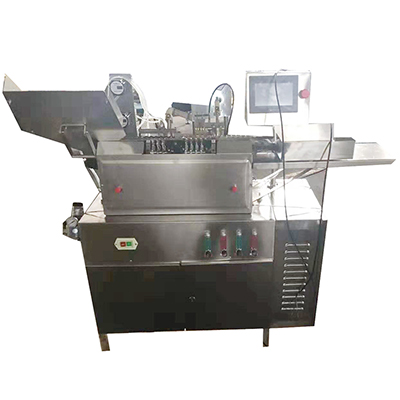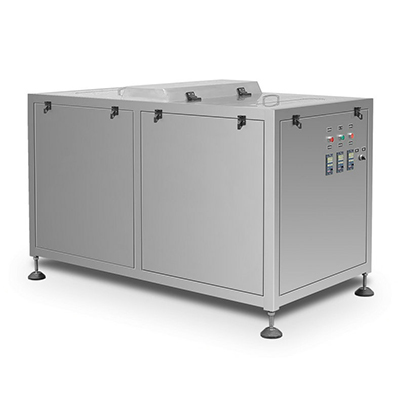Titanium Dioxide Rotary Kiln
Working Principle
The titanium dioxide rotary kiln is designed with a slope, and rotates slowly. Firstly, feed the filtered titanium dioxide hydrolysate into the upper end of kiln. Then, the burning chamber at the lower end will blow clean flame and hot air to dry and calcine the feeding material at a high temperature over 1000℃. In the meanwhile, the material tumbles due to the rotary of shell, and also moves toward the lower end of rotary kiln due to the slope, which ensures continuous and complete dehydration and calcine. Finally, the materials are discharged into the cooler via the dual hydraulic discharge valves at the bottom of kiln hood. After cooling and classifying, desired titanium dioxide is achieved.
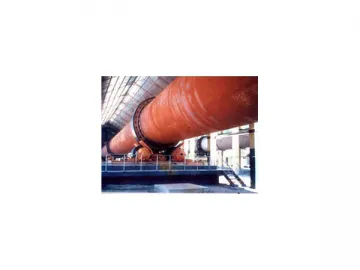
| Size (m) | Drawing No. | Basic parameters | Main speed reducer | Main motor | Thrust roller type | Supporting bearing | Weight (t) | |||
| Rotation speed (r/min) | Slope (%) | Productivity (t/d) | Model | Power (kW) | Speed (r/min) | |||||
| Φ2.4×38 | (T929) | 0.2 ~0.6 | 2.2 | 30 | ZS125 | 30 | 1470 | Mechanical | Rolling bearing | 150 |
| Φ2.8×53 | J920 | 0.1 ~0.3 | 4 | 50 | ZS145 | 22 | 1470 | 271 | ||
| Φ3.2×55 | J931A | 0.1 ~0.3 | 4 | 67 | ZS165 | 55 | 1470 | Hydraulic | 275.4 | |
Note: The above technical specifications are provided for model selection reference. Detailed specifications are provided in contracts.
Related Names
Industrial Rotary Dryer | High Temperature Kiln | Indirect Fired Kiln
Links:https://globefindpro.com/products/45304.html
-
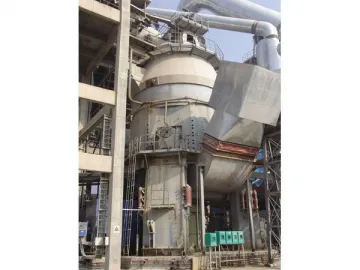 Vertical Mill
Vertical Mill
-
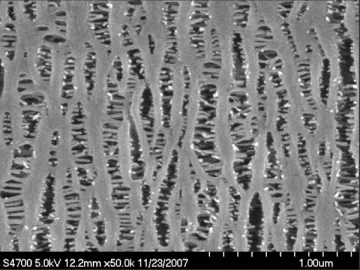 Uniaxial Stretching Lithium-ion Battery Separator Film Extrusion Line
Uniaxial Stretching Lithium-ion Battery Separator Film Extrusion Line
-
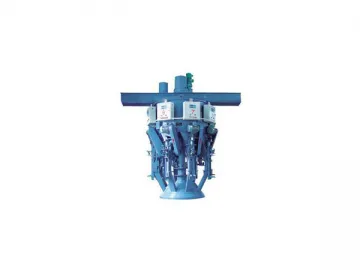 Cement Packaging Machine
Cement Packaging Machine
-
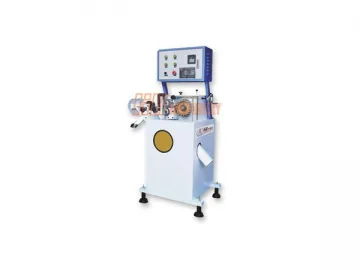 Edge Recycling Pellet Mill
Edge Recycling Pellet Mill
-
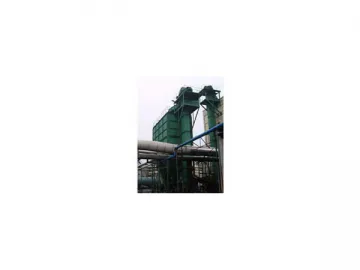 Elevator Conveyor
Elevator Conveyor
-
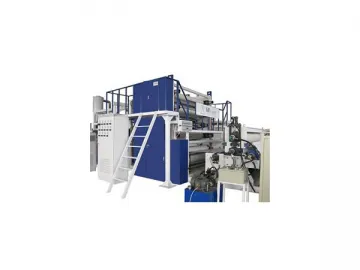 PP/PE Mono-axially Stretching Film Line
PP/PE Mono-axially Stretching Film Line
-
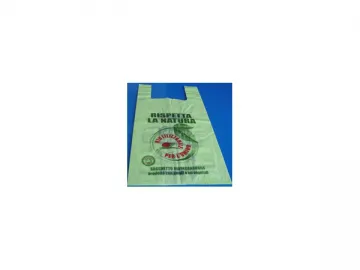 Biodegradable PLA/PBAT Cling Film Extrusion Line
Biodegradable PLA/PBAT Cling Film Extrusion Line
-
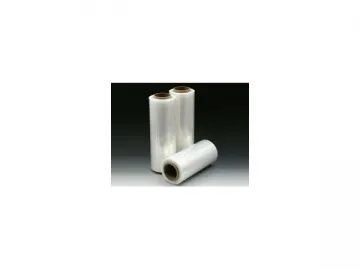 1000mm Double-layer/Three-layer Co-extruded PE Cast Stretch Film Line
1000mm Double-layer/Three-layer Co-extruded PE Cast Stretch Film Line
-
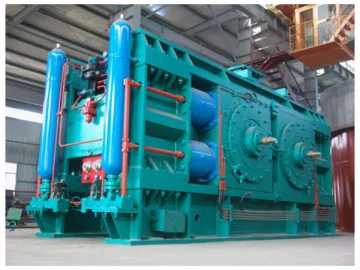 Rolling Machine
Rolling Machine
-
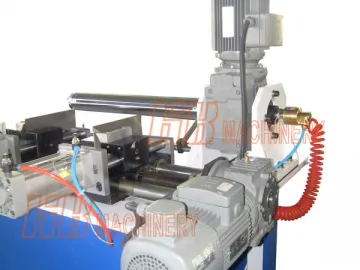 Cling Film Edge Cutter
Cling Film Edge Cutter
-
 Rainbow Film Extrusion Line
Rainbow Film Extrusion Line
-
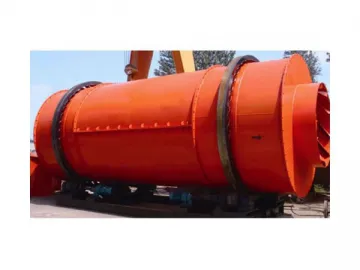 Double Drum Rotary Dryer
Double Drum Rotary Dryer
